Home>Gardening & Outdoor>Outdoor Recreation & Activities>How Heavy Is A Cornhole Bag?
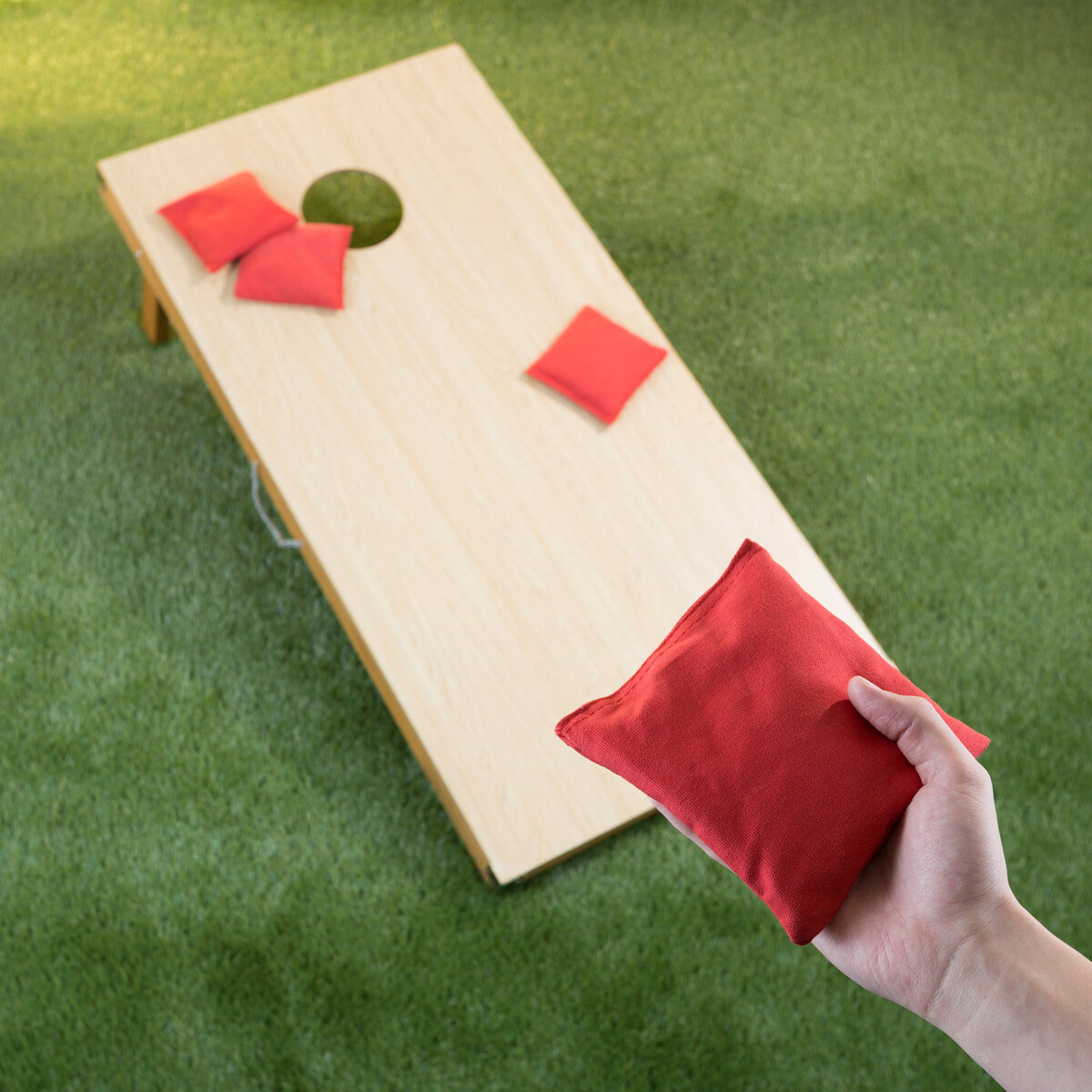

Outdoor Recreation & Activities
How Heavy Is A Cornhole Bag?
Published: January 31, 2024
Discover the weight of a cornhole bag and elevate your outdoor recreation and activities with this essential knowledge. Understanding the weight of a cornhole bag is crucial for enhancing your game.
(Many of the links in this article redirect to a specific reviewed product. Your purchase of these products through affiliate links helps to generate commission for Storables.com, at no extra cost. Learn more)
**
Introduction
**
Cornhole, a beloved outdoor game that has gained widespread popularity, involves players tossing corn-filled bags at a raised platform with a hole at one end. This simple yet engaging activity is enjoyed by people of all ages at gatherings, tailgate parties, and leisurely afternoons in the backyard. One of the critical aspects of the game is the weight of the cornhole bags, as it significantly impacts the gameplay and overall experience. In this article, we will delve into the standard weight of a cornhole bag, the factors influencing its weight, and the implications of weight on the game of cornhole. Whether you are a seasoned cornhole enthusiast or a newcomer to the game, understanding the significance of the bag's weight will undoubtedly enhance your appreciation and enjoyment of this classic outdoor pastime.
Key Takeaways:
- The standard weight of a cornhole bag is 14 to 16 ounces, ensuring fair and consistent gameplay for all players, whether in competitive matches or casual gatherings.
- Factors like filling material and fabric thickness affect the bag’s weight, impacting player strategies and adaptability. Understanding these nuances enhances the enjoyment of the game.
Read more: How To Make Cornhole Bags
The Standard Weight of a Cornhole Bag
The standard weight of a cornhole bag is a crucial factor that directly influences the game’s dynamics and fairness. According to the official regulations set by the American Cornhole Organization (ACO) and the American Cornhole League (ACL), a cornhole bag must weigh between 14 to 16 ounces. This weight range ensures consistency and fairness across all competitive cornhole matches, allowing players to familiarize themselves with a uniform bag weight, regardless of the specific set they are using.
Furthermore, the dimensions of a regulation cornhole bag are also standardized, typically measuring 6 inches by 6 inches. The combination of the prescribed weight and size creates a level playing field for all participants, as it enables them to develop a consistent throwing technique and adapt their strategies without the variability of different bag weights.
While the standard weight of a cornhole bag is firmly established in competitive play, recreational players may encounter variations in bag weights based on the materials used and individual preferences. However, adhering to the official weight guidelines is essential for maintaining the integrity and fairness of the game, especially in organized tournaments and competitive events.
Factors Affecting the Weight of a Cornhole Bag
Several factors contribute to the weight of a cornhole bag, influencing its performance and suitability for different playing environments. Understanding these factors can provide valuable insights into the construction and characteristics of cornhole bags, enabling players to make informed decisions when selecting or customizing their equipment.
1. Filling Material: The filling material used in a cornhole bag significantly impacts its weight. Traditional cornhole bags are filled with whole kernel feed corn, which provides the characteristic heft and density required for consistent throws and satisfying gameplay. However, some players may opt for synthetic fillers, such as plastic pellets, to achieve a specific weight or texture that aligns with their preferences.
2. Fabric Thickness: The thickness of the fabric used to construct the bag can influence its overall weight. While durable duck cloth is the preferred material for the outer layer of regulation cornhole bags, variations in fabric weight and density can result in subtle differences in the bag’s overall mass.
3. Stitching Technique: The stitching technique employed during the construction of the cornhole bags can impact their weight. Double-stitched seams and reinforced stitching contribute to the overall durability and weight of the bags, ensuring that they withstand the rigors of frequent use and outdoor conditions.
4. Moisture Absorption: Over time, cornhole bags filled with natural materials like corn may absorb moisture, potentially altering their weight and consistency. This factor is particularly relevant for players who often engage in outdoor play, where exposure to varying weather conditions can affect the bags’ weight and performance.
5. Customization and Personalization: Some players may opt to customize their cornhole bags by adding decorative elements, logos, or personalized designs. While these embellishments do not directly impact the standard weight of the bags, they can add slight variations depending on the materials used for customization.
By considering these factors, players and enthusiasts can gain a deeper appreciation for the intricacies of cornhole bag construction and make informed decisions when selecting or crafting their own set of bags.
A standard cornhole bag weighs around 15-16 ounces. If you’re making your own, fill it with 2 cups of corn or plastic resin pellets for the right weight.
The Impact of Weight on Cornhole Gameplay
The weight of a cornhole bag plays a pivotal role in shaping the dynamics of the game, influencing player strategies, throwing techniques, and overall gameplay experience. Understanding the impact of bag weight can provide valuable insights into the nuances of cornhole and enhance the enjoyment and competitiveness of this beloved outdoor activity.
1. Consistency and Predictability: A standardized bag weight, as prescribed by official regulations, fosters consistency and predictability in gameplay. Players can rely on the uniform weight of the bags to develop a consistent throwing motion and gauge the required force for successful tosses, contributing to a fair and balanced playing field.
2. Adaptability and Technique Refinement: The weight of the cornhole bags directly influences players’ throwing techniques and adaptability. With consistent bag weight, participants can refine their throwing style, adjust for distance and trajectory, and develop a nuanced approach to landing bags on the target board or into the coveted cutout hole.
3. Impact on Strategy: The weight of the bags also impacts strategic considerations during gameplay. Heavier bags may require more forceful throws to reach the target, influencing players’ strategic decisions and shot selection. Additionally, the weight of the bags can affect their ability to knock opponents’ bags off the board, adding a strategic layer to the game.
4. Player Preference and Comfort: While adhering to standard bag weights is crucial for competitive play, recreational and casual players may have individual preferences regarding bag weight. Some players may find a particular weight more comfortable or conducive to their throwing style, allowing for a personalized and enjoyable experience during friendly matches and social gatherings.
5. Environmental Considerations: In outdoor settings, environmental factors such as wind speed and direction can interact with the bag’s weight, influencing its trajectory and the challenge of landing successful throws. Players must adapt to these conditions, adding an element of unpredictability and excitement to the game.
By recognizing the multifaceted impact of bag weight on cornhole gameplay, players can develop a deeper appreciation for the strategic and physical aspects of the game, fostering a more engaging and rewarding experience for participants of all skill levels.
Conclusion
As a quintessential outdoor game that brings together friends, families, and enthusiasts, cornhole continues to captivate players with its blend of skill, strategy, and lighthearted competition. The weight of the cornhole bags, a seemingly simple aspect of the game, carries significant implications for gameplay, fairness, and overall enjoyment. By adhering to the standard weight range of 14 to 16 ounces, as stipulated by official regulations, players can engage in consistent and equitable matches, fostering a level playing field for all participants.
Understanding the factors that influence bag weight, such as filling material, fabric thickness, and customization options, provides valuable insights into the craftsmanship and customization of cornhole bags. Whether selecting commercial sets or crafting personalized bags, players can make informed decisions based on their preferences and playing styles, enhancing their connection to the game.
The impact of bag weight on gameplay extends beyond mere physics, influencing player strategies, adaptability, and the development of throwing techniques. Consistent bag weight fosters predictability, allowing players to refine their skills and approach the game with a strategic mindset. Additionally, individual preferences and environmental considerations add layers of nuance and excitement to the cornhole experience, creating opportunities for personalized enjoyment and adaptability in varying playing conditions.
Ultimately, the weight of a cornhole bag embodies the essence of the game’s charm and depth, serving as a fundamental element that unites players in friendly competition and outdoor camaraderie. Whether participating in spirited tournaments or casual matches, the significance of bag weight underscores the enduring appeal and versatility of cornhole as a cherished pastime.
Embracing the nuances of bag weight and its impact on gameplay enriches the cornhole experience, fostering a sense of camaraderie, skill development, and shared enjoyment among players of all ages. As the familiar thud of bags landing on the board resonates and the cheers of victory fill the air, the weight of each cornhole bag becomes a symbol of the enduring joy and camaraderie that define this timeless outdoor pursuit.
Frequently Asked Questions about How Heavy Is A Cornhole Bag?
Was this page helpful?
At Storables.com, we guarantee accurate and reliable information. Our content, validated by Expert Board Contributors, is crafted following stringent Editorial Policies. We're committed to providing you with well-researched, expert-backed insights for all your informational needs.


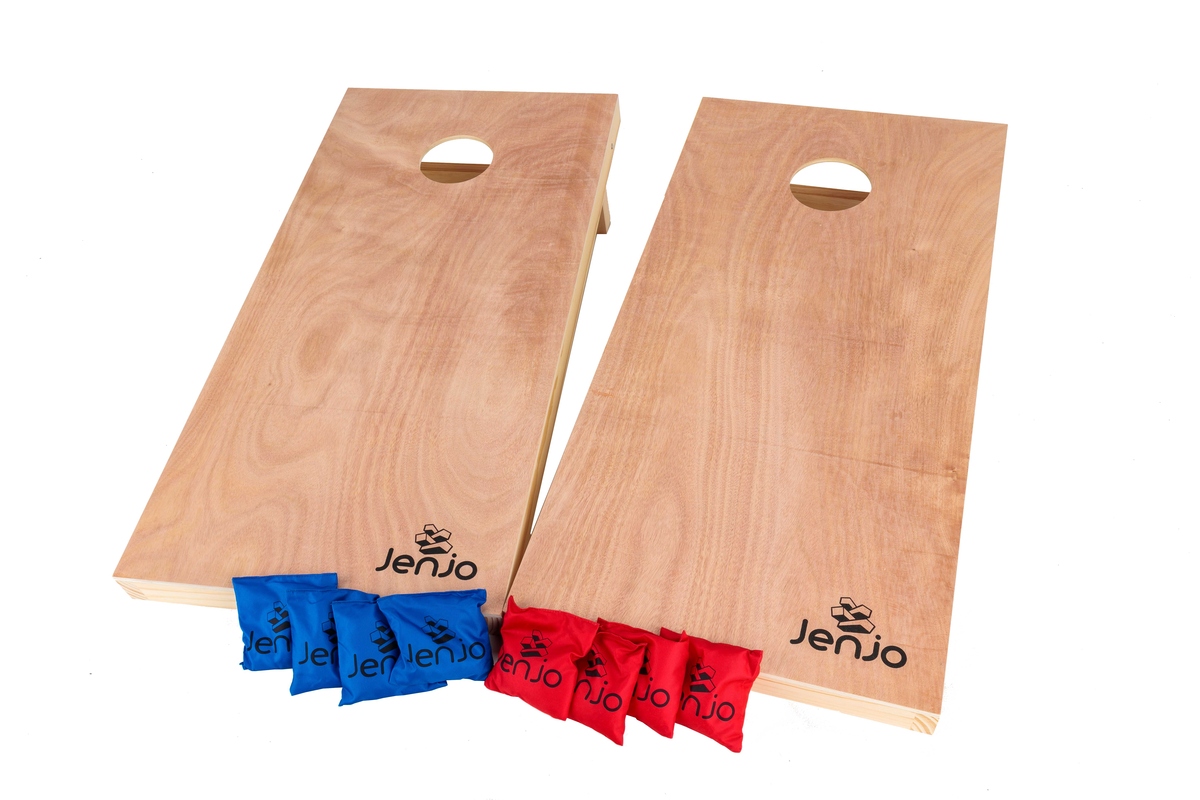
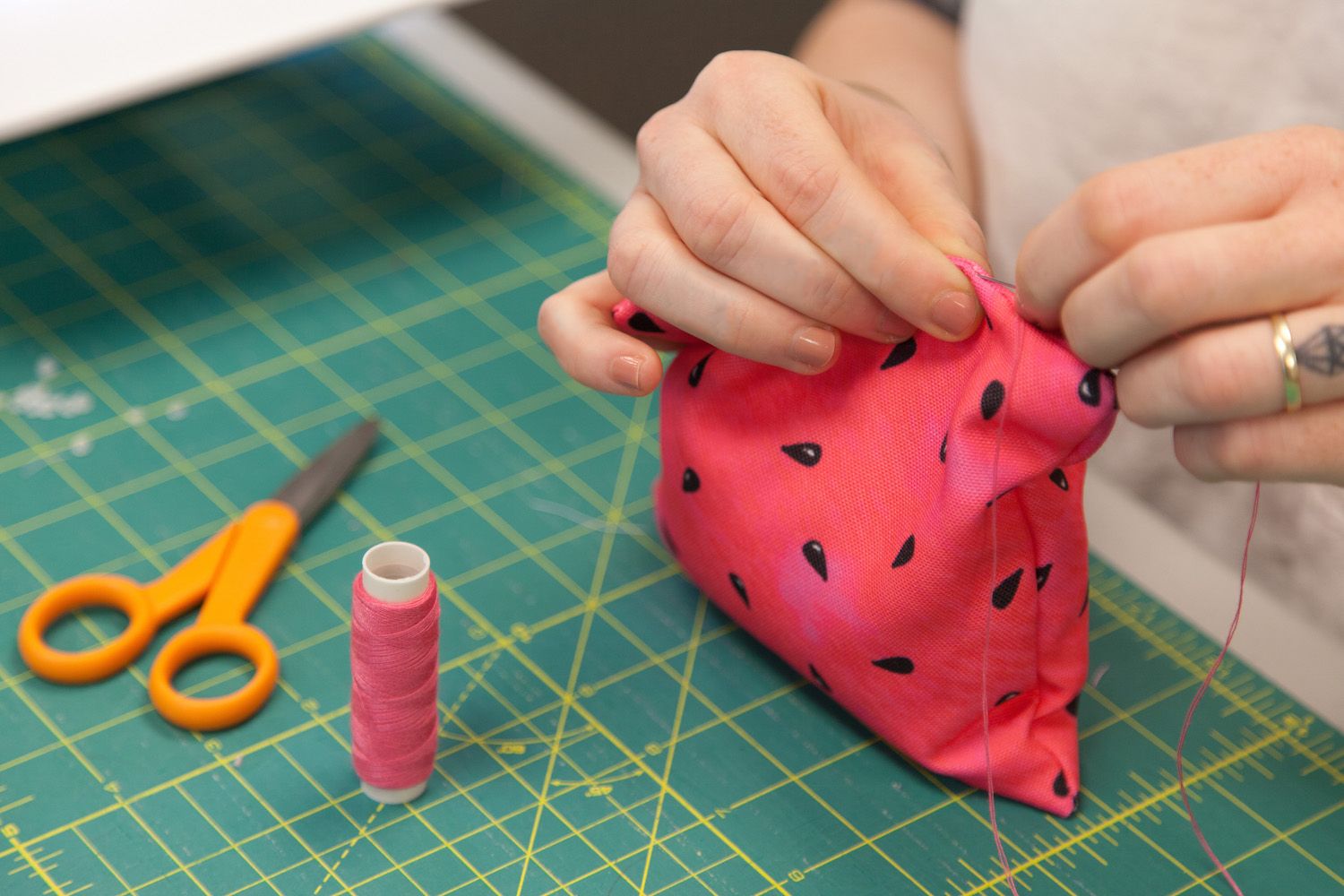

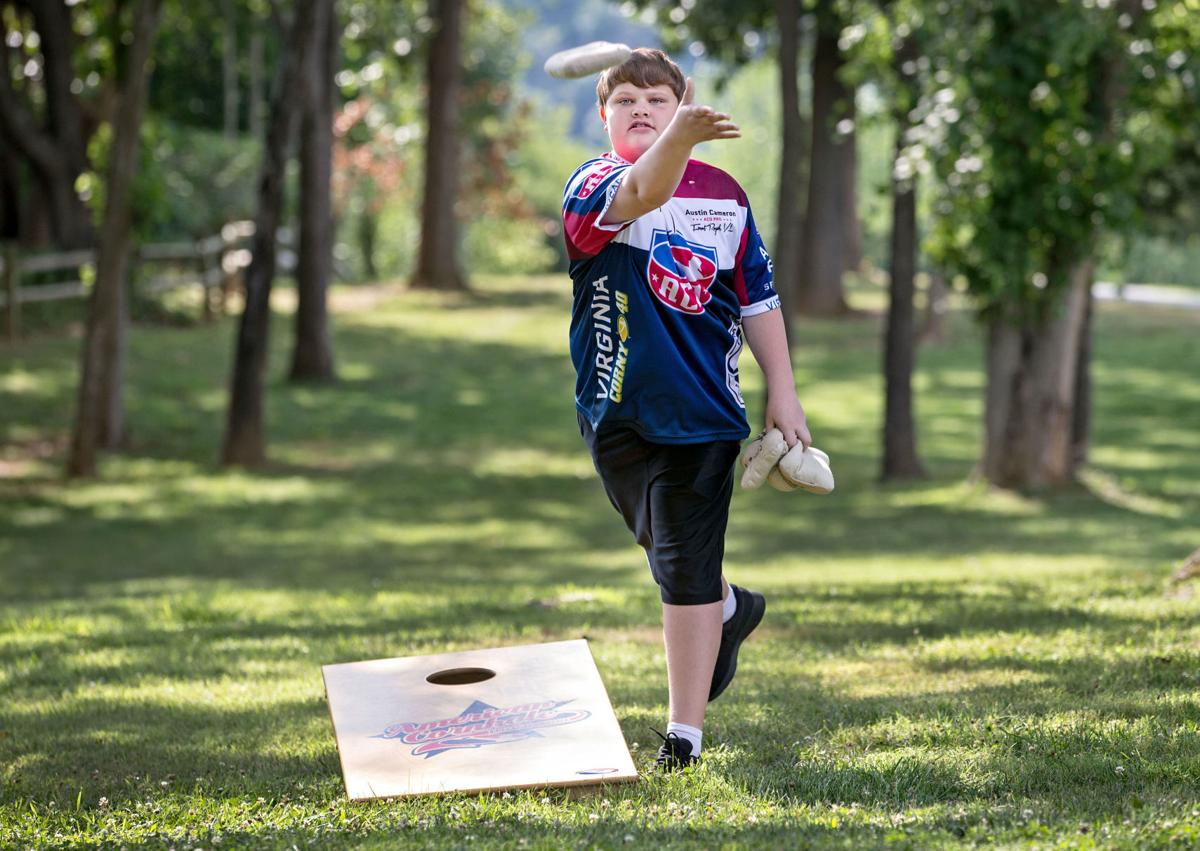



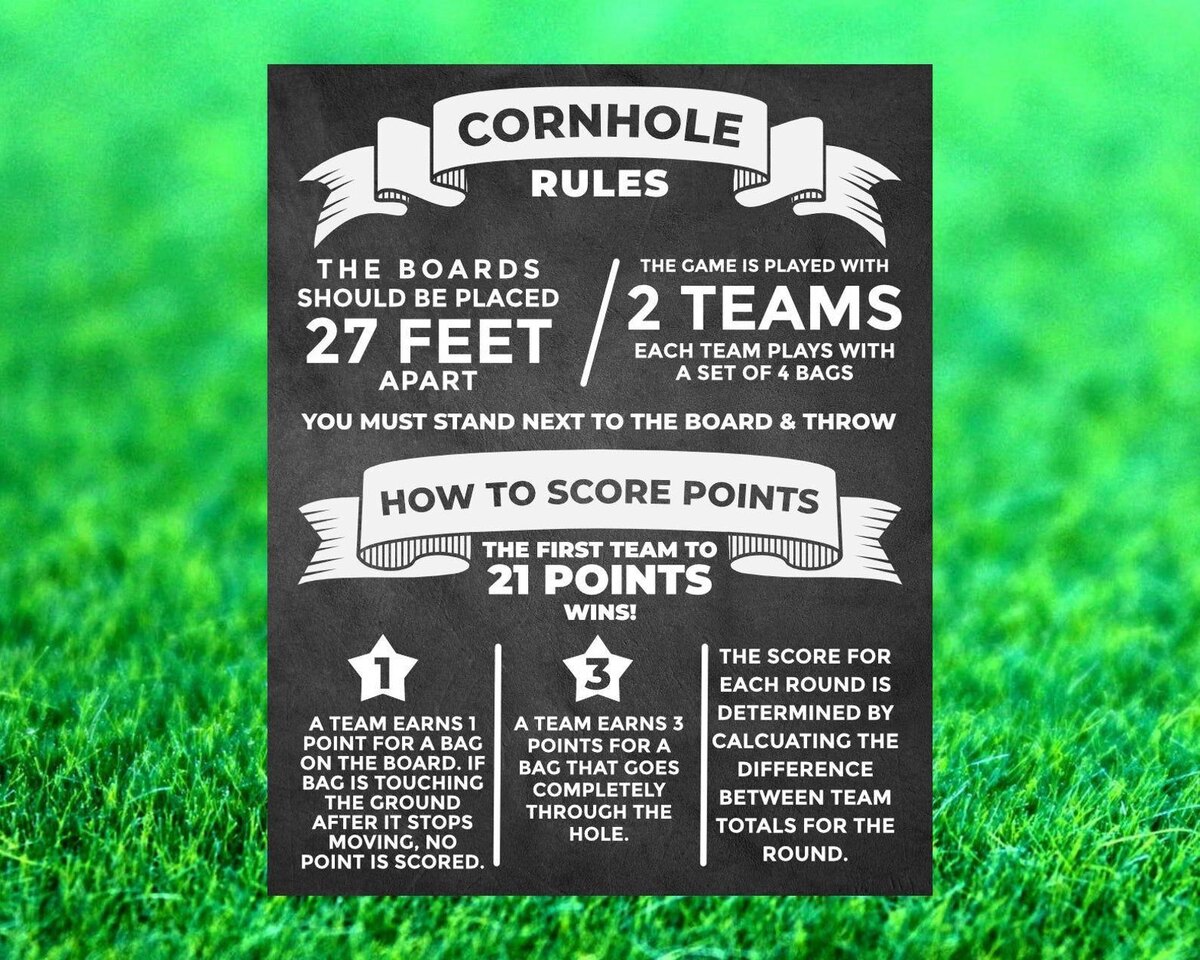
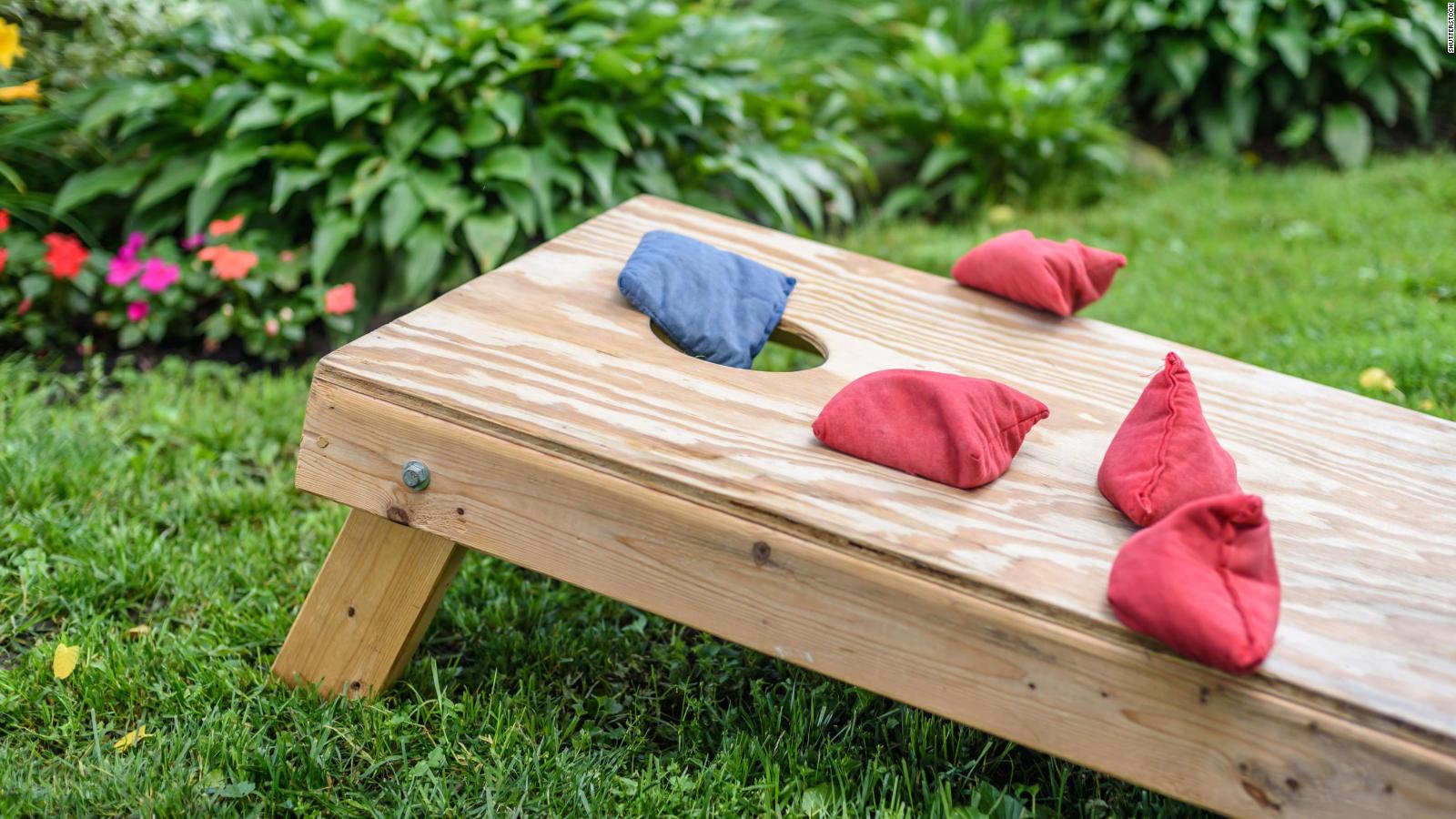

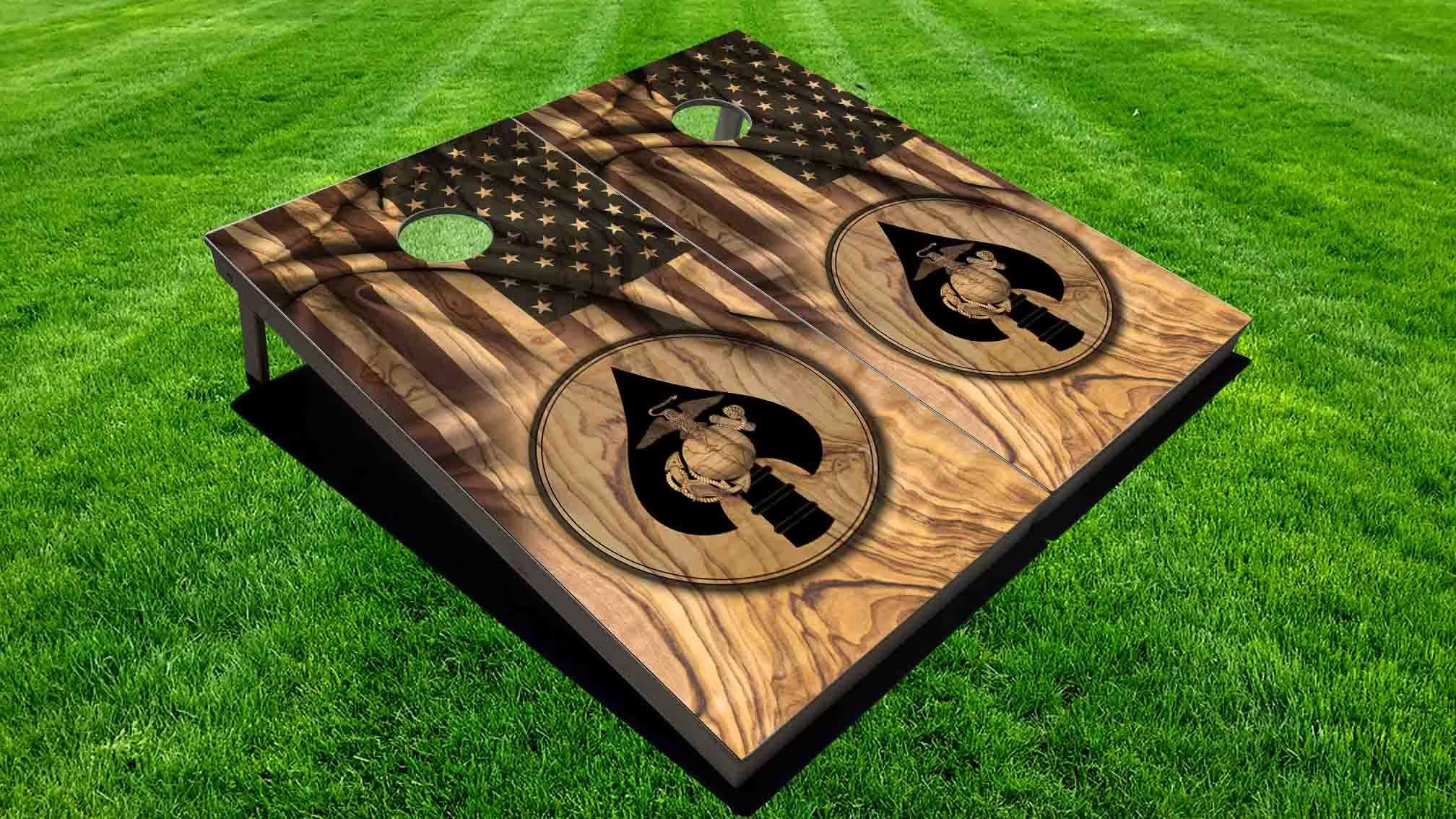



0 thoughts on “How Heavy Is A Cornhole Bag?”